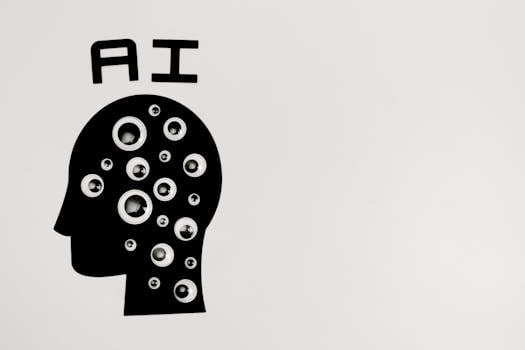🎨 Generative AI Tools & Workflows: Build, Create, and Automate with Intelligence
🧾 Course Description
Generative AI is revolutionizing the way we create content, design experiences, and build intelligent systems. In “Generative AI Tools & Workflows”, you’ll explore how to use modern GenAI platforms — like OpenAI, HuggingFace, Google Vertex AI, and Stability AI — to generate text, images, code, and audio, and integrate them into real-world applications.
This course is designed for developers, creatives, product designers, marketers, and AI enthusiasts who want to master tools like ChatGPT, DALL·E, Midjourney, GitHub Copilot, and build end-to-end GenAI workflows that go beyond experimentation and into usable products.
✅ Key Benefits
- 🧠 Understand GenAI Foundations — Learn how LLMs, diffusion models, and transformers work
- 🔌 Tool-Focused & Practical — Hands-on with OpenAI, HuggingFace, DALL·E, and more
- 🤖 Automate & Accelerate — Build GenAI agents, pipelines, and integrations
- 🧰 No-Code to Code — Combine GUI tools and APIs for flexible workflows
- 🚀 Real Use Cases — Product copywriting, code generation, image synthesis, voice AI, and chatbots
🎯 Pre-requisites
- Basic knowledge of Python, APIs, and working with JSON
- Experience with web apps, automation, or creative tools is helpful
- No prior machine learning or deep AI background required
📚 Curriculum Breakdown
📘 Module 1: Foundations of Generative AI
- What is Generative AI? Types: Text, Image, Code, Audio, Video
- Core models: LLMs (GPT), Diffusion (Stable Diffusion), GANs
- Understanding prompts, embeddings, transformers
💬 Module 2: Text Generation Workflows
- Prompt engineering with OpenAI GPT-4 / ChatGPT API
- Use cases: blog writing, summarization, email generation, chatbot flows
- Prompt chaining, few-shot examples, system messages
🎨 Module 3: Image Generation Tools
- Tools: DALL·E 3, Midjourney, Stable Diffusion, Canva AI
- Text-to-image prompts, styles, inpainting, variations
- Use cases: social media graphics, storyboarding, thumbnails
🧠 Module 4: Code Generation & Developer Tools
- Using GitHub Copilot, OpenAI Codex
- Generating Python/JavaScript snippets
- Automating documentation and test generation
- Safety and hallucination issues in generated code
🧩 Module 5: APIs, Agents, and Workflows
- Calling GenAI models via API (OpenAI, HuggingFace, Replicate)
- Building intelligent agents using LangChain or custom Python wrappers
- Connecting multiple tools into one pipeline (e.g., input → process → output → deploy)
🎛️ Module 6: Automation, Ethics & Limitations
- Using Zapier, Make, and no-code tools to trigger GenAI flows
- Handling latency, token limits, hallucination, cost
- Ethical considerations: bias, misuse, data privacy
🧪 Module 7: Final Projects (Choose One)
- Build a content generator for blogs/social media
- Create a prompt-based image+text portfolio builder
- Develop a simple AI chatbot using OpenAI API + LangChain
- Deploy a GitHub Copilot-style code assistant
⏱️ Estimated Duration
| Daily Study Time | Estimated Duration | Ideal For |
|---|---|---|
| 2 hours/day | 14–16 days (~2 weeks) | Explorers and builders |
| 4 hours/day | 6–8 days (1 week) | Balanced project-driven learners |
| 6 hours/day | 3–4 days (bootcamp) | Intensive fast-track learning |
🎓 Outcome
By the end of Generative AI Tools & Workflows, you will:
- Use text, image, and code generation tools effectively
- Integrate GenAI APIs into products and creative workflows
- Build simple agents and automation using OpenAI and LangChain
- Be ready to pursue LLM app development, GenAI product design, or AI agent engineering


Leave a Reply